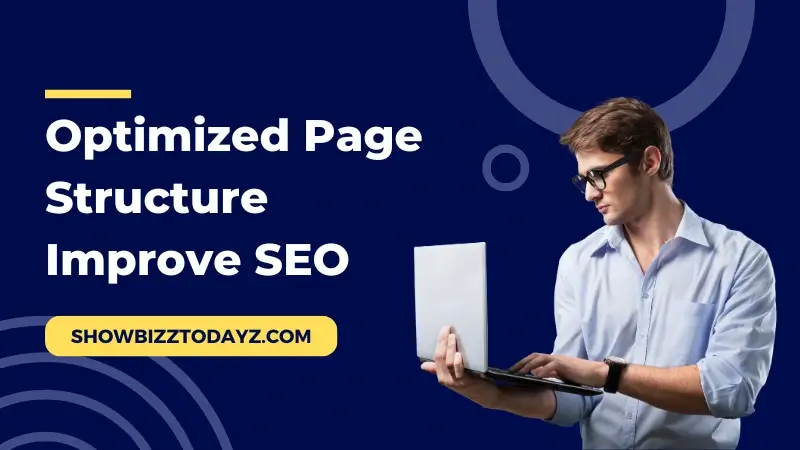How Can Optimized Page Structure Improve SEO and User Experience?
A well-structured web page plays a critical role in improving search rankings and user experience. Search engines prioritize pages that are easy to crawl and understand, while users engage more with clear and well-organized content. Businesses can create an effective digital presence that attracts and retains visitors by focusing on strategic web design.

The Role of a Clear URL Structure
A well-optimized URL is essential for SEO web page design and improves a page’s chances of ranking higher in search results. It should be short, descriptive, and free of unnecessary numbers or symbols. A URL like example.com/seo-web-page-design is far more effective than a complex string of characters.
Using hyphens instead of underscores makes URLs easier for both users and search engines to read. Additionally, including relevant keywords in the URL helps improve search visibility while ensuring the page remains user-friendly. Read another trending article, Keep Your Las Vegas Apartment Pest-Free.
Effective Use of Headings and Subheadings
Headings guide both search engines and users through the content. A clear structure with proper H1, H2, and H3 tags ensures better readability and organization. The H1 tag should reflect the page’s main topic, while the H2 and H3 tags should break down the content into digestible sections.
Search engines use headings to understand the relevance of a page. When structured logically, headings help pages rank better while also making the reading experience smoother for visitors. Avoid stuffing keywords unnaturally, and instead, focus on clarity and relevance.
Image Optimization for Better Rankings
Images enhance content and user engagement but must be optimized to avoid slowing down the page. Large, uncompressed images can increase load times, negatively affecting both user experience and search rankings.
Proper file names and alt-texts make images more accessible to search engines and visually impaired users. Compressed formats like WebP maintain quality while reducing file size. Optimized images enhance both aesthetics and site performance. We have also covered Complete Guide to Short Term Storage on our website.
Mobile Responsiveness and Loading Speed
With mobile-first indexing, search engines prioritize mobile-friendly sites. If a page doesn’t load properly on different screen sizes, it risks losing traffic and ranking potential. A responsive design ensures that content adapts seamlessly across devices.
Slow loading times also harm search visibility. Reducing excessive code, enabling caching, and using a content delivery network (CDN) can significantly boost site speed. A page that loads quickly and functions well on mobile devices improves user retention and enhances SEO.
User Experience and Navigation
A well-structured website should be easy to navigate. Users should find the information they need without unnecessary clicks or confusion. A clear menu, logical content flow, and internal links contribute to a seamless experience.
When visitors can move through a site effortlessly, they stay longer, reducing bounce rates and signaling search engines that the page is valuable. Breadcrumb navigation, simple menus, and structured layouts help users and search engines understand the page’s hierarchy. Find valuable tips and strategies in our article about Coca-Cola, Nokia, Parimatch, Vodafone Face Fraud Challenges in India.
Building a Search-Optimized Website for Better Performance
A well-optimized website requires more than just great content—it needs a strategic design that enhances search visibility and user experience. Professional web design services focus on creating responsive, fast-loading, and SEO-friendly pages that align with search engine best practices.
This includes structuring content effectively, optimizing images, improving navigation, and ensuring mobile compatibility. By integrating technical SEO elements with an intuitive design, businesses can build a strong online presence that attracts and retains visitors while improving search rankings.
Optimizing page structure is essential for improving search visibility and user experience. A well-organized website with clear URLs, effective headings, optimized images, and mobile responsiveness ensures better rankings and engagement. By focusing on SEO web page design, businesses can create a seamless experience for visitors while meeting search engine requirements. A structured, search-friendly website attracts more traffic and supports long-term digital growth. You can visit showbizztoday.com for more trending posts.
